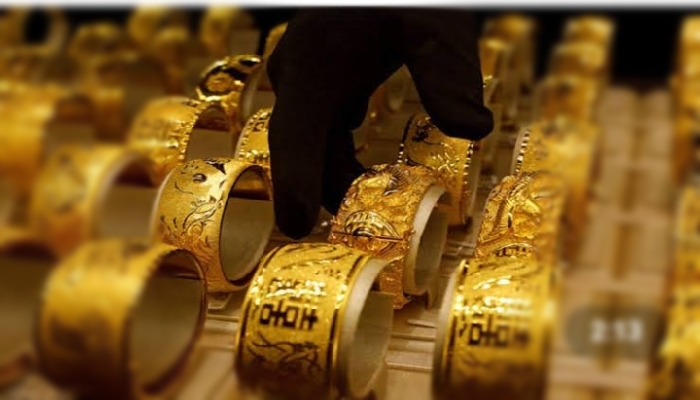New Delhi, Nov 28: The ruling BJP is expected to be the highest vote getter in Jharkhand, winning between 28 and 38 seats, but the opposition alliance of Congress-JMM together with RJD could give the BJP a tough fight, says the IANS-CVoter Jharkhand Opinion Poll.
According to the opinion poll, though the BJP is the most favoured party in the state, it might not make the winning figure of 41 seats needed to form the government in the 81-member state Assembly.
Ahead of the five-phased Jharkhand elections set to begin on November 30, the opinion poll says that opposition Jharkhand Mukti Morcha (JMM) could come a close second to the BJP, winning between 18 and 28 seats.
Its alliance partner Congress could get between 4 and 10 seats. The Rashtriya Janata Dal (RJD) is unlikely to make a major presence in the state and its seat projection is not listed separately in the opinion poll. For the record, these parties had fought the last Jharkhand Assembly elections separately.
Taking a mid-range in seat projections, the opinion poll for the tracker month of November shows that the JMM (23 seats), Congress (7 seats) -- RJD's seat projection has not been given separately -- could go head-to-head with the BJP mid-range seat projection of 33 seats.
The seat projection for the All Jharkhand Students Union (AJSU), with which the BJP was in alliance in 2014 but the two are contesting separately this time, is 3 to 9 seats (mid-range 6 seats). In the event of a close contest, this parting of ways may prove costly for the BJP.
The seats projection for the Jharkhand Vikas Morcha (JVM) is 3 to 9 seats, like the AJSU. The JVM is not in alliance with any party in these polls.
"The Tracking Poll Fieldwork covers random probability samples taken during the last 7 days from the release date. The sample spread is across all Assembly segments in the poll bound state," said Team CVoter.
It added: "For the analytics, we are using our proprietary algorithm to calculate the provincial and regional vote share based on the split-voter phenomenon. Same algorithm is used to extrapolate the vote share projections into probable seat share in range. However, it must be underlined here that the science of any polls survey stops at vote share estimate. The vote to seat conversion is just an arithmetic extrapolation in probabilities. The seat share projections are NOT part of Survey Science and all MoE are applicable ONLY on the vote share estimates."
There are political bruises on either side. While AJSU has broken away from the BJP, and is fighting the elections alone, the JVM, which was part of the opposition alliance, has broken off this time. However, if it joins hands with the Congress-JMM-RJD combine, the Babulal Marandi-led JVM could give the alliance much-needed seats.
Taking the higher poll projections, if the JMM (28 seats), Congress (10 seats), JVM (9 seats) and RJD join hands, they could easily form the government.
The BJP, with the higher seat projection of 38 seats, would be near the half-way mark but still fall short, unless it decides to get back with the AJSU.
In the 2014 elections, the BJP had won 37 seats, and the AJSU 5. The two parties -- with 42 seats -- aligned to rule Jharkhand.
The JMM had 19 seats, the Congress 6, and the JVM had 8, taking their combined tally to 33 seats. The rest 6 seats were won by other parties.
The five-phased Jharkhand elections are to be held from November 30 to December 20. Results will be declared on December 23.
The survey was conducted in November across a sample size of 8,923 eligible voters.







Comments
Add new comment